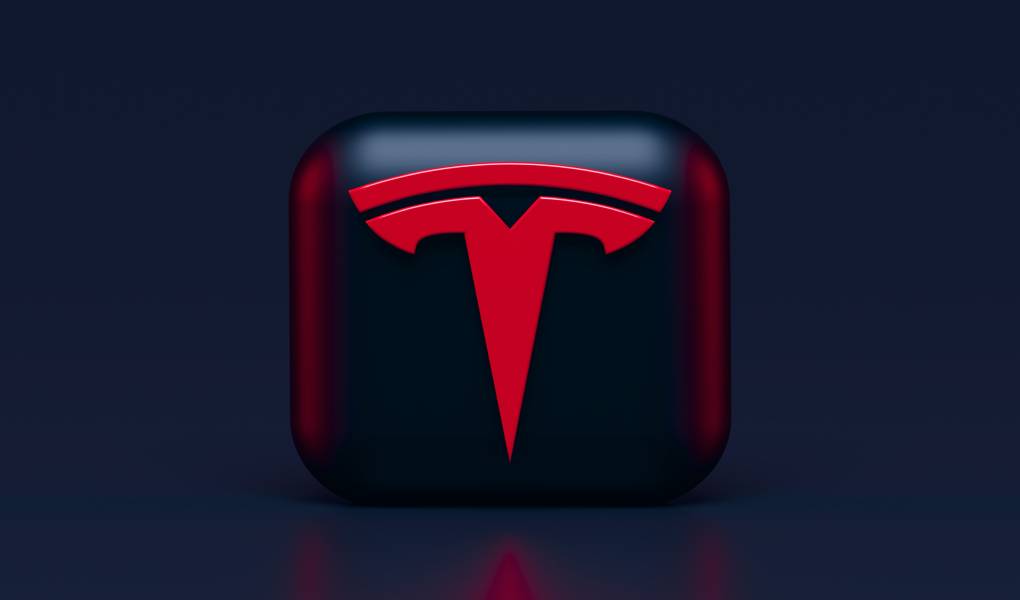Nothing must be left to chance in the creation of a brand logo. It is, in fact, that image that can reach the public’s mind directly, bringing with it the fundamental message of the company or the product it represents. Whether it’s on a business card or a corporate gadget, the logo must be effective from all points of view and respond to the public’s tastes and needs. On the one hand, therefore, we have an image that must remain recognizable over time to continue to represent the company and its products to the reference public; on the other hand, however, we have a logo that must evolve in order not to risk appearing “old” and “past” in the eyes of the audience. For this reason, logos and the entire communicative apparatus of companies are subjected to important processes of evolution.
The Evolution of The Most Famous Logos
All the most famous logos have undergone important evolutions over time. Think for example of the Audi brand, which in the Thirties presented itself with 4 circles, each of which housed a different icon inside, to then become a logo written without circles with a colored background in the Sixties and Eighties, and forgo back to being four circles – but without icons – in the 1990s. Staying in the automotive field, Volkswagen has also often changed the logo, which, however, has remained fundamentally recognizable: the logo has rather softened over time, passing from the representation of the classic W and V inside a gear to get to the two letters enclosed in a completely smooth circle. Or think of the Ikea logo: here the attention has been entrusted above all to the colors,
The Common Path of The Evolution Of Logos
Over the decades, company logos have evolved in the most diverse ways. In recent years, however, it is possible to identify a common path. In most cases, designs that are too elaborate and full of details have been abandoned to approach a more minimalist, less complex logo. Why has there been a move towards general simplification? The triggering reason was probably the spread of the network, a communicative environment that prefers slim and effective images. But that’s not all: having a simple logo allows you to have the same graphic result on any channel, in any browser, as well as in printing on different materials.
